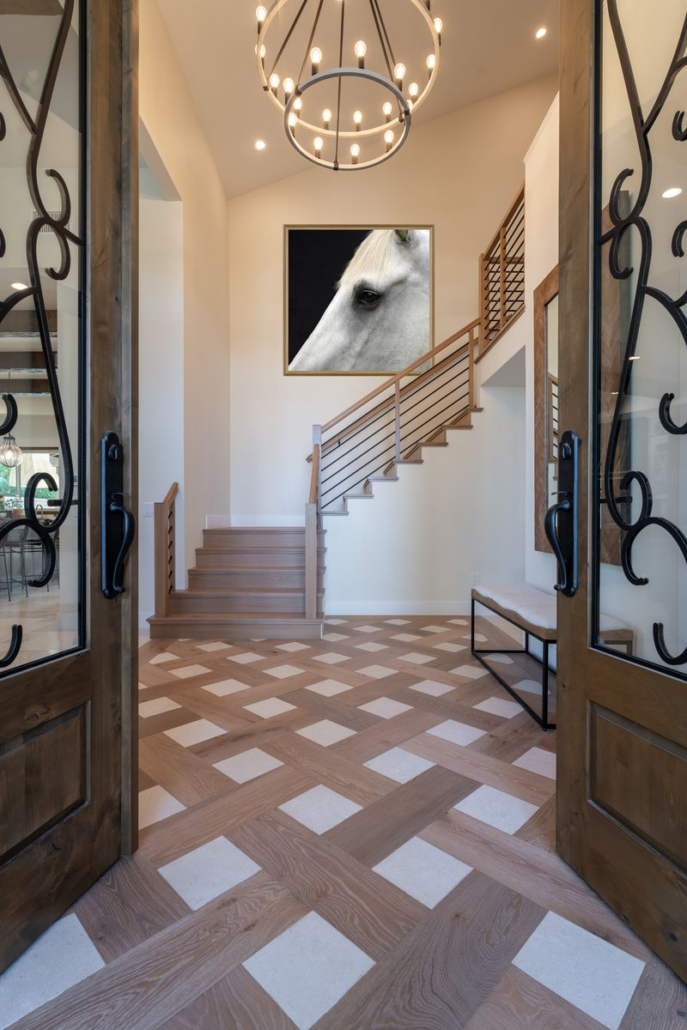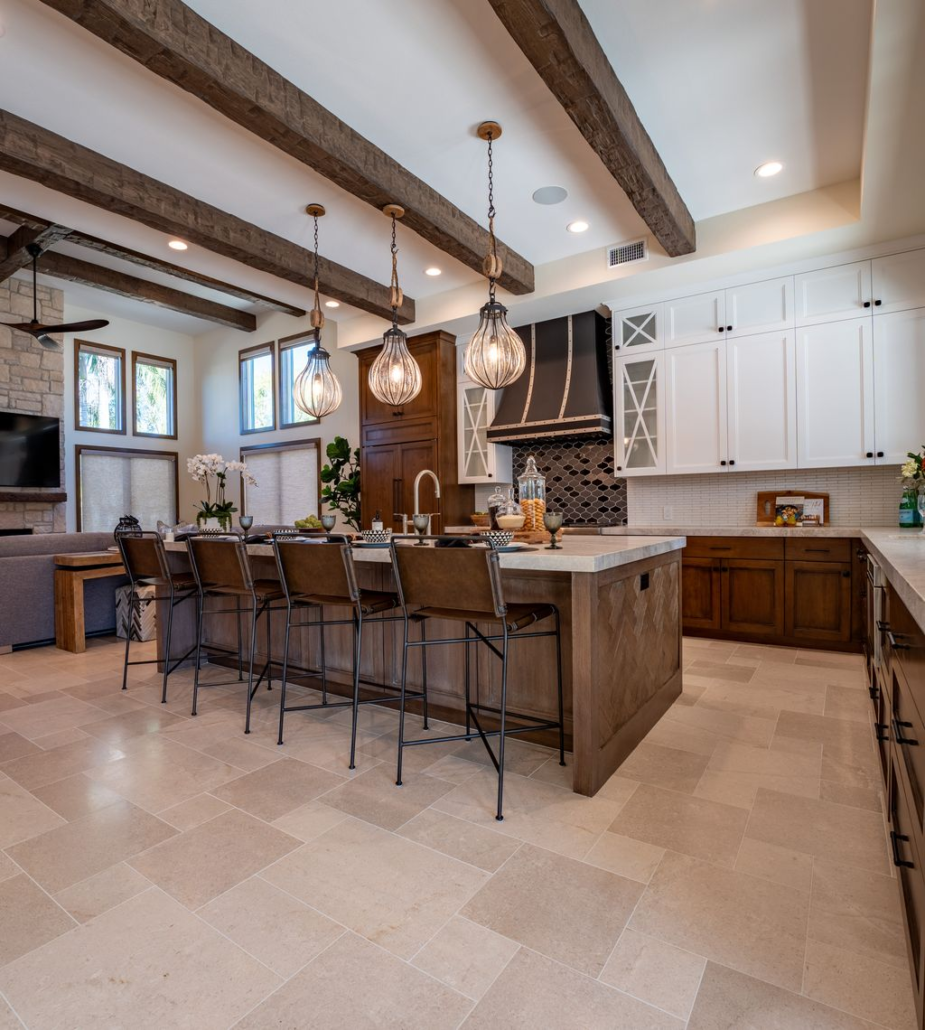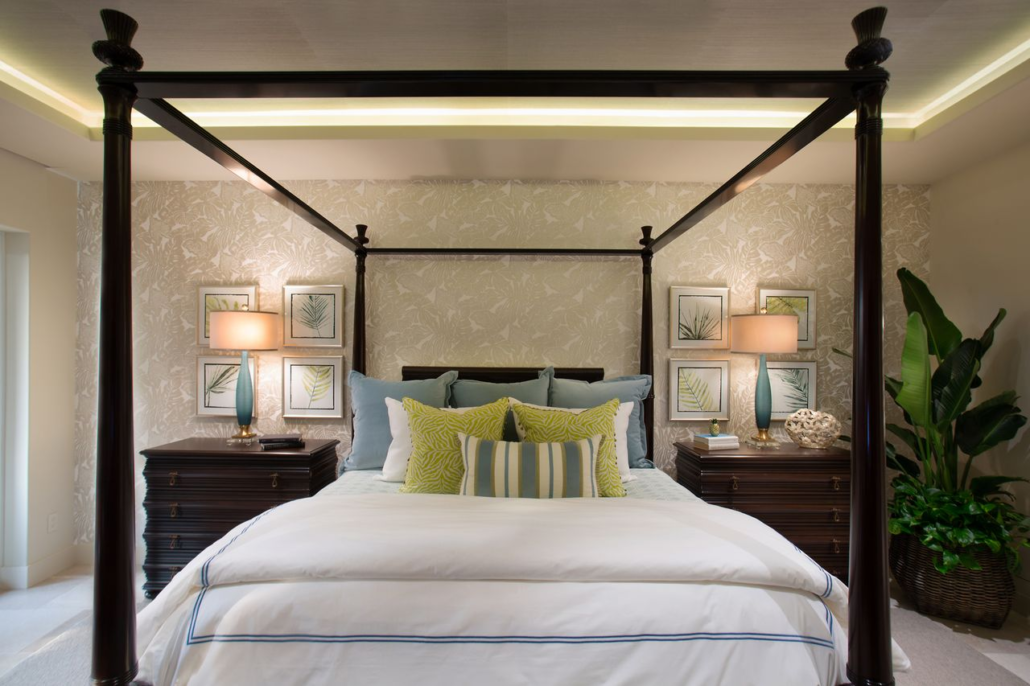

Interior design orchestrates a delicate balance between form and function, with lighting acting as the conductor of this symphony. Much like the harmonious blend of instruments in a well-composed piece of music, interior lighting design weaves together various layers to illuminate spaces with both practicality and beauty. This article delves into the three key layers of interior lighting design: main lighting, task lighting, and ambiance lighting.
MAIN LIGHTING
SETTING THE STAGE
Main lighting, often referred to as general lighting, establishes the fundamental illumination within an interior space. Similar to sunlight brightening the outdoors, main lighting strives to evenly light up every corner of a room, eliminating shadows. This layer of lighting commonly utilizes ceiling-mounted fixtures like chandeliers, pendant lights, recessed lights, and track lighting. Serving as the cornerstone of lighting design, main lighting lays the groundwork for other layers, ensuring a balanced and practical illumination that facilitates safe movement and everyday tasks.
TASK LIGHTING
PRECISION AND PURPOSE
While main lighting sets the overall brightness level, specific tasks require targeted illumination. Task lighting is tailored to activities such as reading, cooking, working, or grooming, aiming to minimize shadows and provide sufficient light for detailed tasks, thus preventing eye strain. Examples of task lighting fixtures include desk lamps, under-cabinet lights, and adjustable floor lamps. By directing light precisely where it’s needed, task lighting boosts productivity and fosters a comfortable environment for tasks requiring precision.


AMBIANCE LIGHTING
CREATING ATMOSPHERE
If main lighting forms the base and task lighting serves specific functions, then ambiance lighting acts as the artist’s brush, infusing emotions and atmosphere into the room’s canvas. Ambiance lighting contributes depth, mood, and character to a space through various fixtures like wall sconces, cove lighting, and accent lights, which accentuate architectural elements, artworks, or decor. The use of dimmers and color-changing LED lights is pivotal in ambiance lighting, enabling adjustments to intensity and color, thus creating desired moods—whether it’s cozy, romantic, vibrant, or serene.
THE ART OF LAYERING
HARMONIZING THE TRIO


The essence of interior design lighting unfolds in the seamless integration of these three layers. When orchestrated with care, they synergize to craft a rich and welcoming ambiance. Take, for example, a living room: a majestic chandelier (main lighting) sets the general illumination, a reading lamp next to the armchair (task lighting) offers directed light for reading, while wall-mounted sconces (ambiance lighting) bathe the room in a soft, inviting glow during evening gatherings. The outcome? A space that’s not only practical but also enchanting.
CONCLUSION CRAFTING
LUMINOUS SPACES
In the realm of interior design, lighting transcends mere brightness; it’s an intricate art form that molds spaces into inviting sanctuaries, dynamic work zones, or comforting havens. The amalgamation of main lighting, task lighting, and ambiance lighting mirrors a trio of skilled musicians, each weaving its unique tune into a harmonious ensemble. By grasping and deftly employing these layers, interior designers and homeowners can sculpt spaces that not only boast adequate illumination but also exude personality, comfort, and allure. So, the next time you step into a gorgeously lit room, pause to admire the symphony of light enveloping you
Unveiling the Layers of Interior Design Lighting